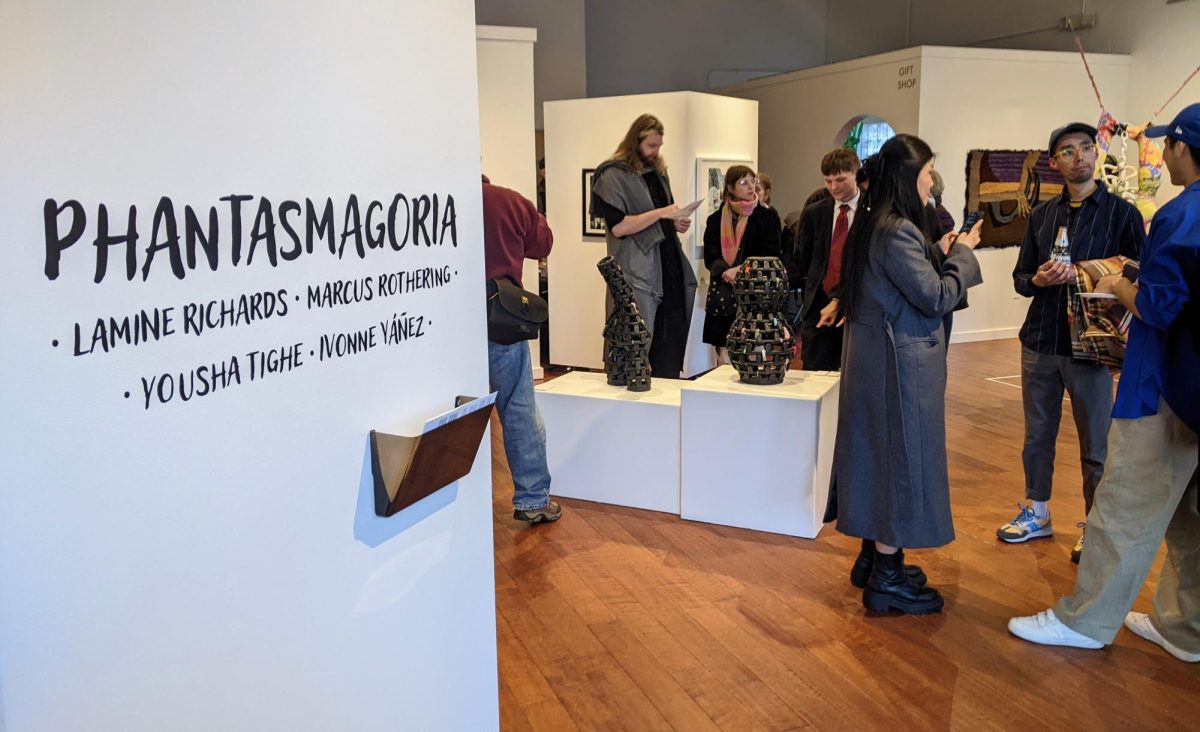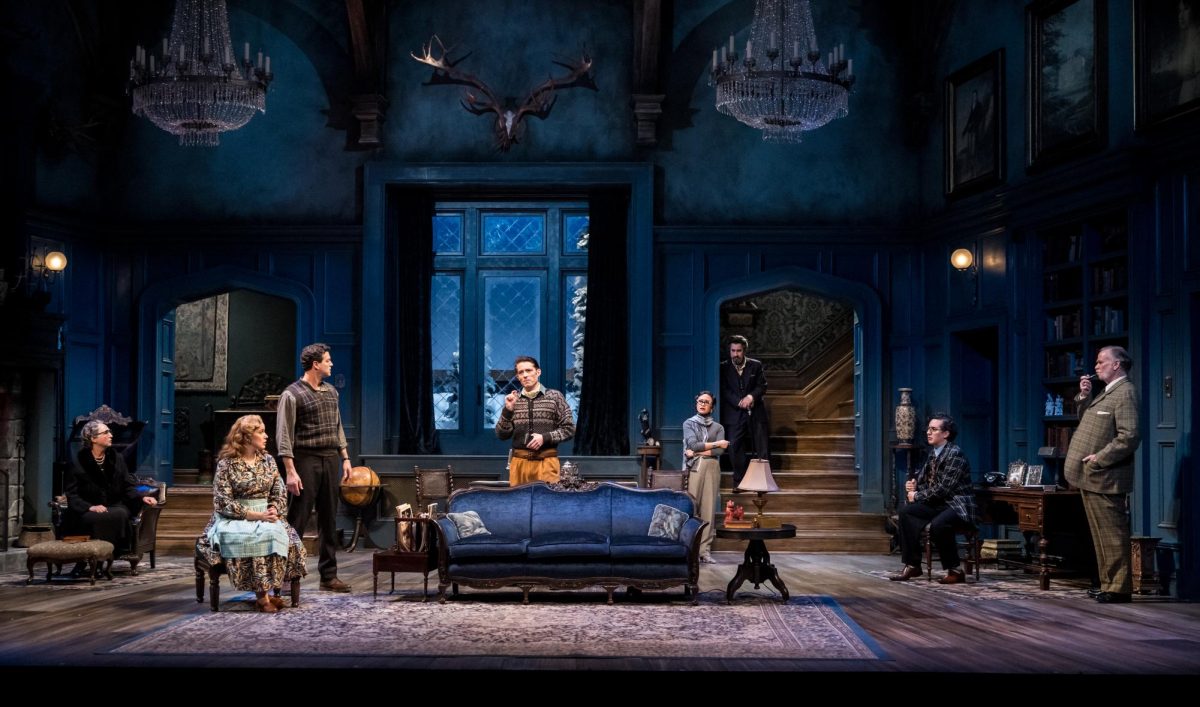The Soap Factory has a documented history of scaring Minneapolis.
The iconic art space’s annual Haunted Basement exhibit just completed its ninth year making patrons say “uncle.” However, when Minnesota Public Radio ran a story saying
the Soap Factory is “closing its doors” at the end of the year, the community and volunteers received a new kind of fright.
“That was a terrible headline,” former employee Shelby Thomason said.
Despite the misleading article shared across social media, the breaking news story revealed just how difficult it is to secure funding for nonprofit art spaces.
Thomason said community engagement is important for obtaining grants and receiving donations.
“Go to the events they have going on. Visit the exhibits they have going on. Tell your friends to go,” Thomason said. “If you’re part of the community, then you’re harder to lose.”
Thomason, a fourth-year physiology student at the University of Minnesota, began volunteering at the Soap Factory when she moved to the city in the summer of 2010. Her position was one of several internship and volunteer opportunities the space offers to University students.
One of the most popular exhibits at the Soap Factory, the Haunted Basement, also takes volunteers.
“I’ve had dozens of friends who have gone down there,” Thomason said. “They just volunteer their time, and they get incredible costumes and makeup. … People would pay for that, [and] you can just walk in and do it.”
Grace Christenson, a recent graduate in the University’s theater program, saw a flyer in Rarig Center for the Haunted Basement when she was a freshman. She’s volunteered or been contracted every year since.
While some actors preferred sticking to a single character, Christenson preferred to take on a different role whenever she could. Sometimes this meant a new role every night.
“Over the years, I’ve probably done a couple dozen different roles,” Christenson said.
Christenson plays characters ranging from ballerinas to lizard monsters to a little kid left in the waiting room of a doctor’s office — one of Christenson’s favorite characters from this last iteration of the Haunted Basement.
“I would mess with people, tell them to talk to my rubber duck and just be really weird at them,” she said.
Christenson, like the rest of the “creep community” — that’s what the Haunted Basement volunteers call themselves — felt letdown when the Soap Factory’s financial struggles hit the news.
“It’s something we love to do every year, and we’re all very close-knit at this point,” Christenson said. “[The Haunted Basement] is really the only time when we see each other.”
Working in the Haunted Basement has given “creeps” other networking possibilities within the Soap Factory. In turn, they go out into the community and share where local artists can showcase and continue their work.
“We’re all fighting for it. … It might take a little bit of time or a little bit more money, but [our conversations are] very uplifted,” Christenson said.
The Haunted Basement, like all of the exhibitions at The Soap Factory, blurs the divide between artwork and the observer in favor of an immersive experience.
“You’re not ignored as a viewer,” Thomason said.
This past year, the Soap Factory remounted an adaptation of Dostoyevsky’s novel, “Crime and Punishment.” Dangerous Productions and Live Action Set co-produced the production for the previous Fringe festival, but it took on a new life within the Soap Factory.
“The space is totally unique, and that lends itself to more creativity,” actor Shannon Leach said. “As you’re trying to build the world, you use the pipe that’s already in place to be a part of your house.”
Leach and the rest of the cast and staff made secret nooks for audience members to discover — the basement lent itself to that creativity and interactivity.
“I think [this] is what makes it special in terms of art galleries,” Thomason said. “You’re not walking into a gallery; you’re walking into a space. The art in that space is made for you and that space.”
“[The Soap Factory] is where you can start and where you can test potential and where people are going to be very personal with you,” Christenson said. “It is a business, but everyone is very enthusiastic about everything and wants everyone to have a chance to make art, be weird and do what they love.”
The Soap Factory is opening this year’s final exhibition — Piotr Szyhalski’s “Three Factory Pieces” — this Saturday, and it will run through Dec. 20. After this, the space will
go dark.
“Does this mean the Soap Factory is going away?” read an open letter on the space’s website. “Absolutely not!”







